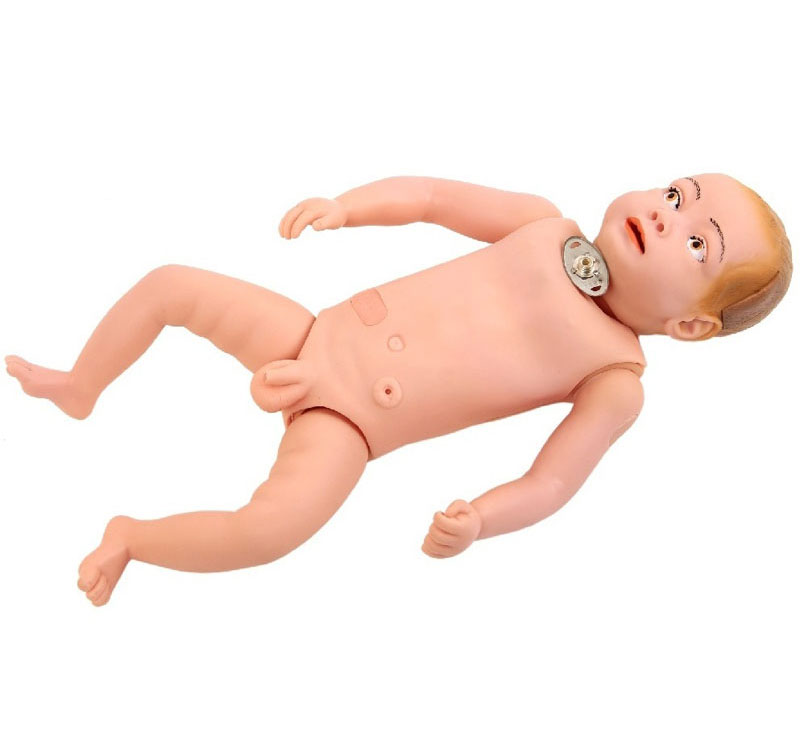06-08-2024
ADA MED SUPPLY LIMITED
Article tag: Infant tracheotomy model medical pediatric model
Infant tracheotomy model can indeed provide comprehensive coverage of training content in nursing skills training, but the specific coverage needs to be analyzed according to the design and function of the model. The following is an analysis of the comprehensive coverage of the infant tracheotomy model in terms of nursing skills training:
The infant tracheotomy model can first simulate the real tracheotomy state, and provide trainees with basic tracheotomy nursing skills training, such as wound disinfection, changing gauze, fixing tracheotomy tube, etc. These basic skills are an integral part of tracheotomy care, and the model ensures that students can practice them repeatedly in a simulated environment.

In addition to basic nursing skills, the infant tracheotomy model can also cover higher level of nursing skills training, such as sputum aspiration operation, airway humidification, oral care, etc. These skills are essential for keeping the baby's airways open, preventing infections, and more. The model can simulate real operation scenarios, enabling students to perform actual operations in a simulated environment and improve their skills
After tracheotomy, infants may experience a variety of emergency situations, such as tube blockage, breathing difficulties, etc. The infant tracheotomy model can simulate these emergency situations and provide trainees with coping training. Students can perform emergency operation exercises on the model, such as quickly changing the casing, adjusting the suction mode, etc., to improve the ability to cope with emergency situations.
Different medical institutions and trainees may have different needs for nursing skills training. Some advanced infant tracheotomy models may have more features and options to meet the needs of personalized training. For example, the model can simulate different types of tracheotomy wounds, the anatomy of infants of different ages, etc., to adapt to the training needs of different situations.
The infant tracheotomy model can also provide comprehensive assessment and feedback during training. Some models may be equipped with sensors and recording systems that can monitor the student's operation in real time and give evaluation results and feedback. This helps students find problems in time, correct mistakes, and improve the training effect.
In summary, the infant tracheotomy model can comprehensively cover a variety of skills from basic to advanced in nursing skills training, while also meeting individual training needs and providing comprehensive assessment and feedback. However, the specific coverage needs to be analyzed according to the design and function of the model. In practical applications, medical institutions and trainees should choose suitable models for training according to their own needs.